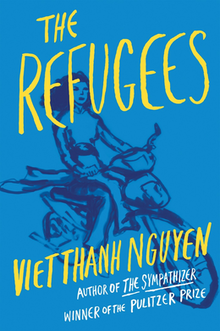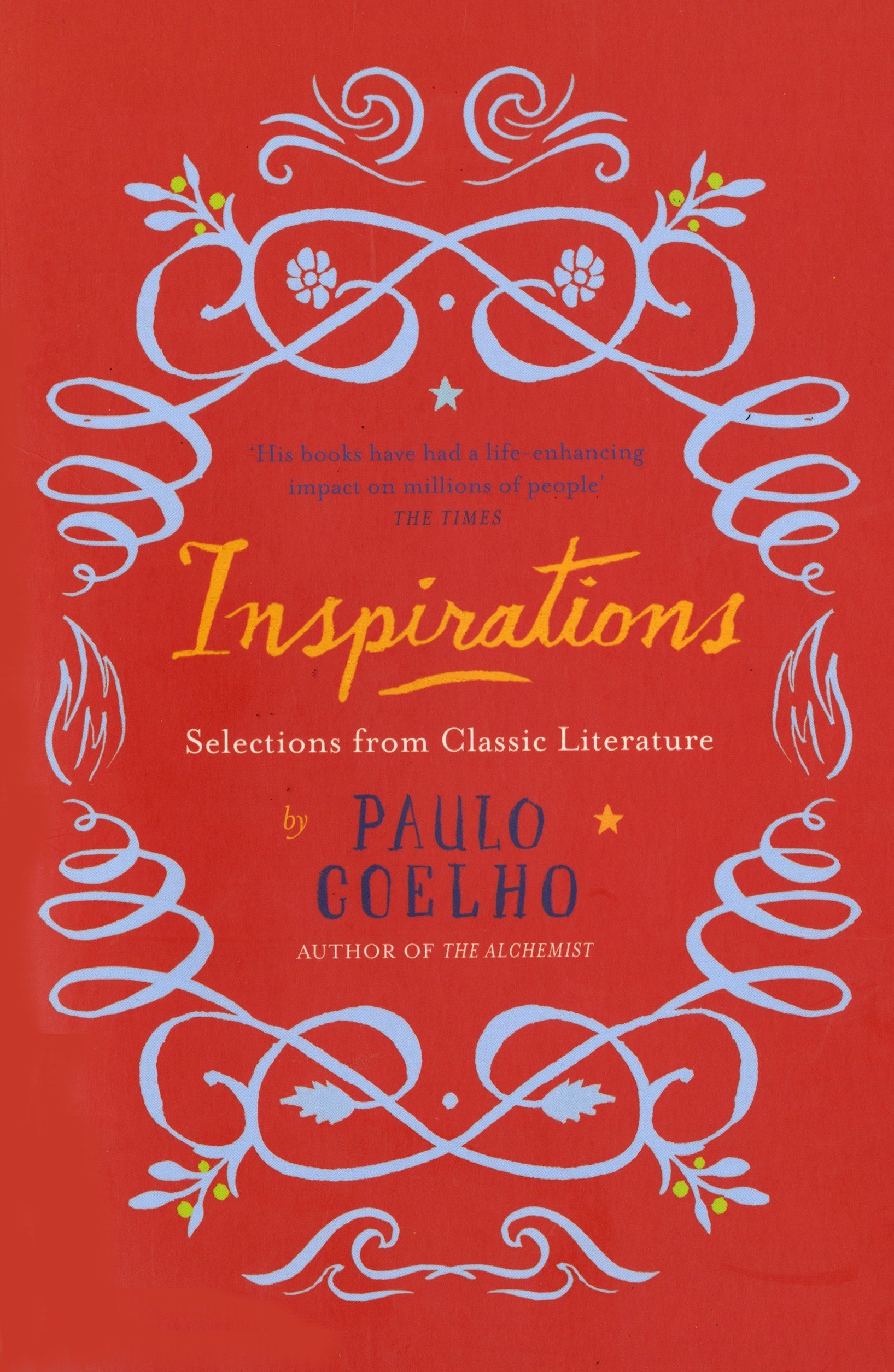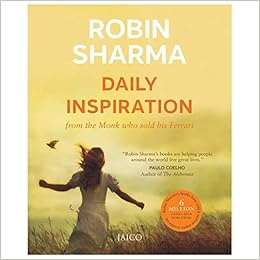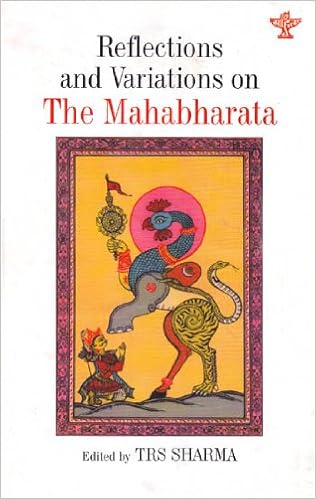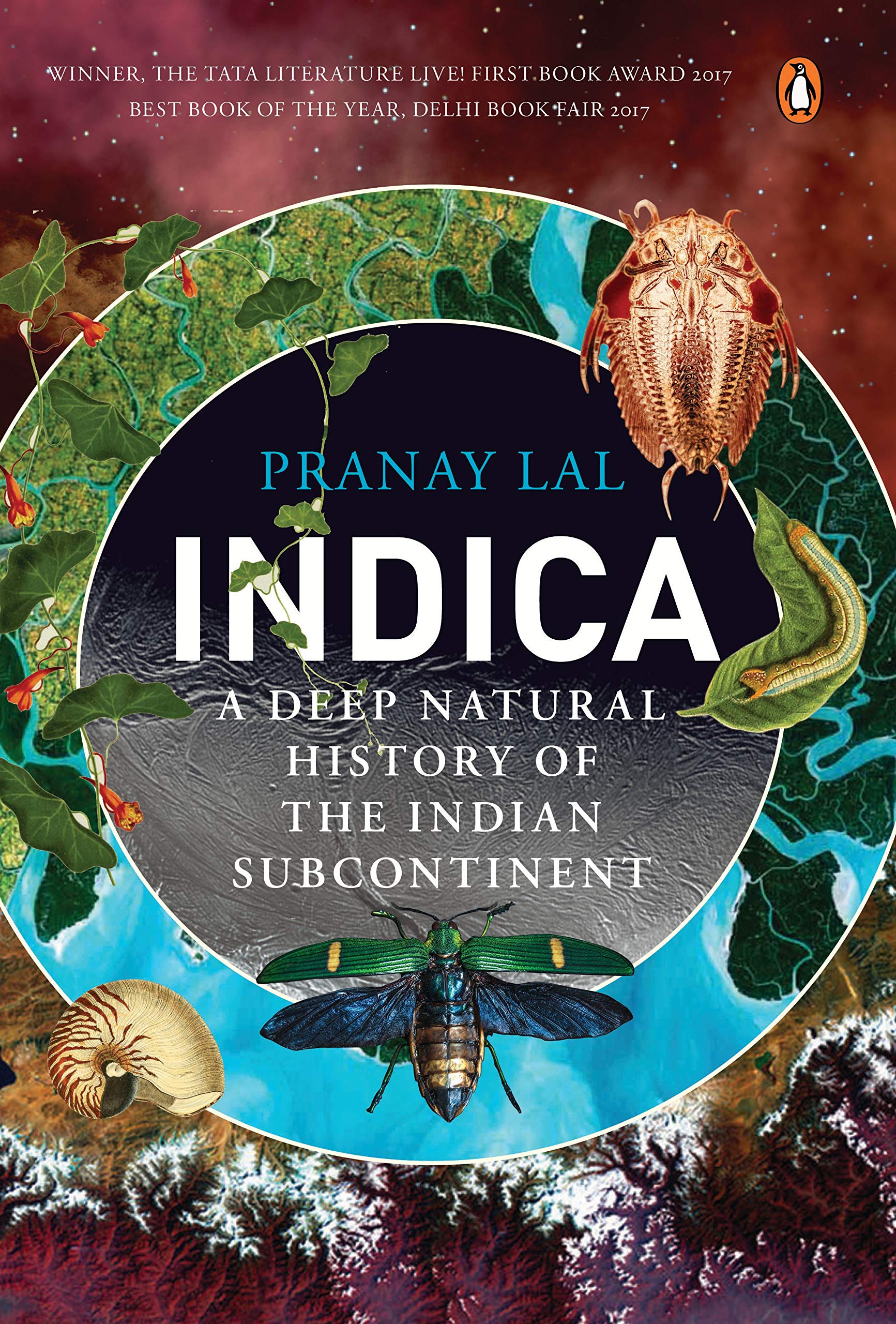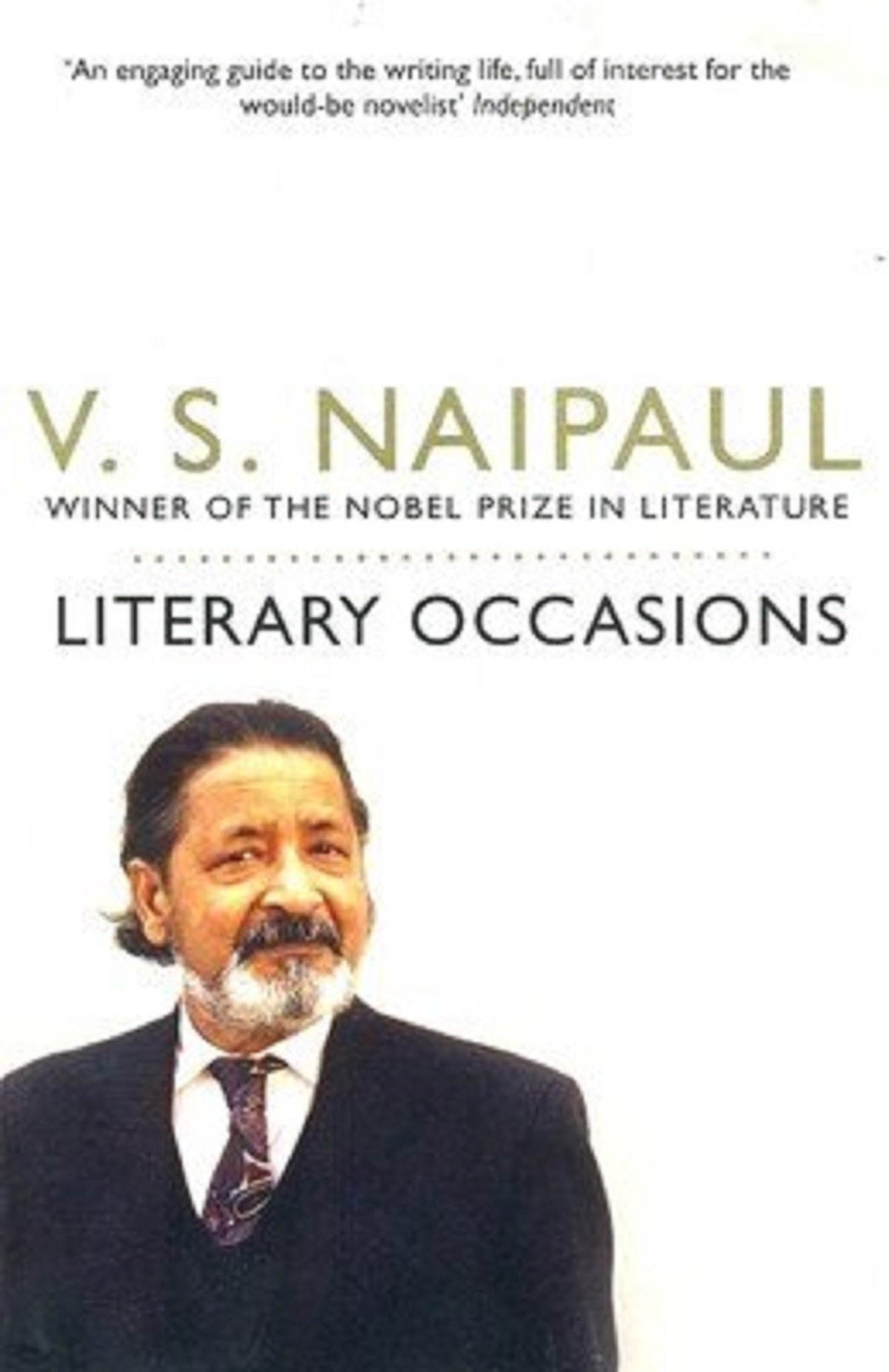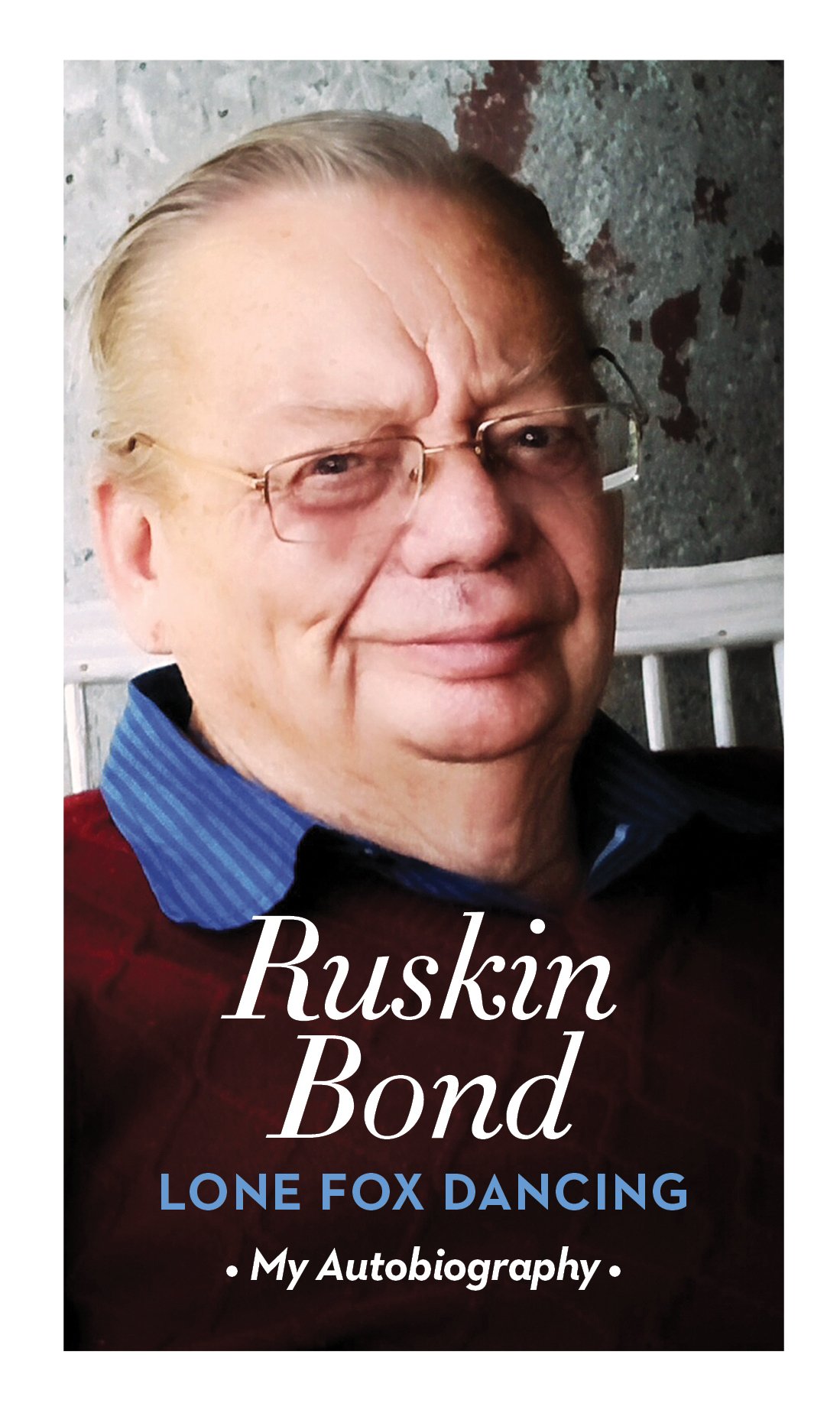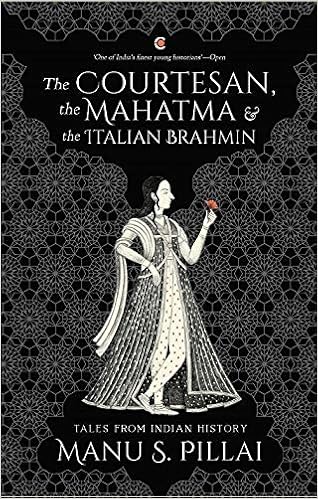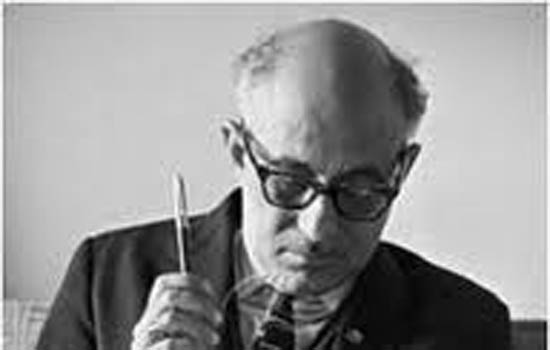
Today I would like to discuss a refugee tale based on Partition. The tale is narrated by K.A Abbas, an acclaimed journalist and filmmaker. He is the director who introduced Amitabh Bachan through the movie Saat Hindusthani which won the Nargis Dutt Award for Best Feature Film on National Integration. Refugee tells the story of Maanji, a Sikh woman who is caught in three definitive periods of Indian history, before partition, during partition and after partition. The story of Maanji who moved away from Rawalpindi and reached Bombay is a poignant one. This is because it is difficult to explain why a good soul like Maanji had to suffer. She also inspires us even in her suffering. There is a meaningful line in the story where Maanji tells her son in Bombay these words – ‘Your Bombay may be great and grand city son, but we can never forget our Rawalpindi’. I would like to connect the story of Maanji to other dots. One is the history of the town of Lyallpur. The town is the birthplace of Bhagat Singh and the mother of Amitabh Bachan and was an important town which was caught in the historical whirlpool known as Partition. The second reference is to the movie Manto which chronicles the life of Shadan Hassan Manto. In one of the more memorable scenes when he bids farewell to Bombay, Manto recalls that he owes Re 1 to a shopkeeper. An actor friend (Tahir Raj Bhasin) suggests he'd pay on his behalf. Manto though doesn't want the favour. "I want to be indebted to this city."
(https://www.indiatoday.in/movies/reviews/story/manto-review-nandita-das-film-is-a-brilliant-portrait-of-a-self-destructive-creator-1345431-2018-09-21)

